So, when you hear that a wine expresses its “terroir,” what does that mean exactly? It means that you should be able to taste certain characteristics of its home if it is a well-made, carefully handled wine. That is the difference between a small-batch hand made wine and a mass produced wine, but more on that another time.
When you taste a wine, do you feel like it is balanced? Is there some sourness (“raciness” or “acid” or “mouthwatering crispness”)? Are there flavor characteristics that balance out the acidity? Fruit, floral aromas, minerals – which can often give wine a faint saltiness, herbaceousness? Is there any sweetness in the wine? Does it feel a bit hot on your palate in a way that you know you are drinking alcohol? Is that in balance with the other sensations or does it overwhelm the wine? Is the taste after swallow pleasant or do you detect a lingering bitterness? If so, is the bitterness a welcome sensation? And most importantly, does it please your palate?
Each of these questions potentially addresses a different aspect of terroir. If you detect acidity, it could very well be underripe grapes. But it could also indicate cool nights that enhance the development of acids in the grape, which is a desirable trait. If you taste some sugars, it could be that it is a low alcohol wine where the fermentation was stopped in order to preserve some sugar or it could mean that is made with grapes that received a great deal of warmth and sunlight and were able to ripen to a great degree. If you taste minerality, it could be that the wine was made in a cool climate using neutral vessels such as stainless steel or concrete or it could mean it was a coastal wine that somehow expresses the wet stones and salty breezes of its home. If the alcohol is well integrated, even at high levels, the wine will taste round rather than prickly. If you detect the alcohol level right away, you know it is unbalanced. So each aspect of a wine can have multiple explanations but you can learn a great deal about it from taking a minute to savor all the sensations and smells and tastes it imparts. And you can decide whether this wine has individual character and interest or if it is made to cater to the consistency of certain palates.
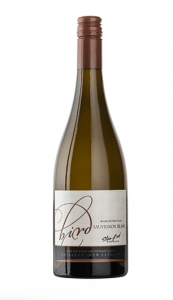
Cheers! Seema
Last summer rosé and frosé (frozen rosé) was all the rage and we think it will only become more popular this summer. With new rosés coming out left and right, the options for tasting and creating cocktails is endless. This month we’re sharing a super simple recipe to make your own frosé at home.
Check it out –
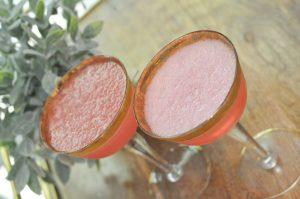
Mystic Wine Shoppe Frosé Ingredients:
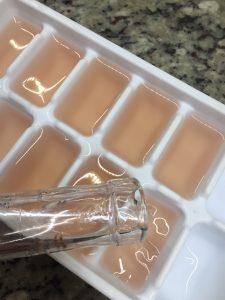
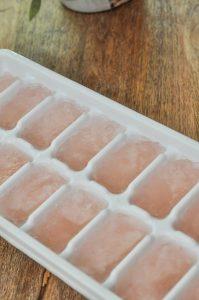
Prep:
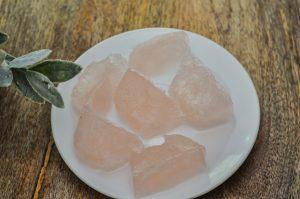
Directions:
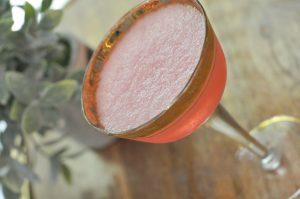
This would be perfect for all your summer cookouts! Next month we’re adding strawberries and vodka to take it up a notch!
Thanks for your support – Cheers,
Summer is the time of the year that I come alive. Having grown up in India, on a beach in Goa no less, I am still accustomed to sunny days and warm ocean breezes. Right now, I feel like a bear emerging from hibernation, as the crocuses finally pop up and the forsythia celebrate the changing season with bright yellow sprays of color.
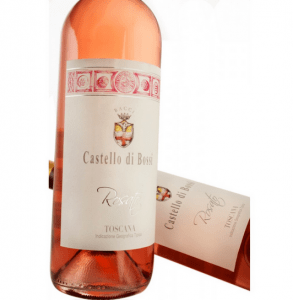
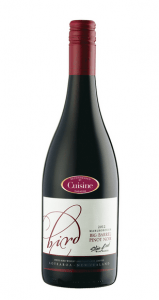
Bird Big Barrel Pinot Noir Tasting Notes: There is not much one can say about this wine without gushing. It is delicious. From the remarkable color to the nose full of delicately scented cherries and roses and baking spice and the taste of a very carefully and lovingly vinified Pinot Noir, it is to be savored. If handled improperly, Pinot Noir grapes will still yield a juicy wine, but it will lose all the uplifting aromatics. Therefore, this wine is made in the eponymous big barrels to keep the oak from overpowering the essence of the grape. The winemaker also uses an unusual “Vernou roll” technique that allows the wine to come into contact with the skins very gently and with limited exposure to oxygen, thereby preserving much of the flavor and intensity without extracting harsh tannins.
Gigondas is an appellation in the Southern Rhone region of France that is nestled in the valleys and foothills of the romantic sounding mountains, Dentelles de Montmirail. This area has a warm, mediterranean climate that ripens the constituent grapes in Gigondas to perfection. Grenache is a lovely, fruity grape whose vines are resistant to both heat and drought. They are often not trellised but rather “head trained” – allowed so stand on their own and are pruned to be close to the ground and provide shade to the bunches of grapes it produces. It ripens relatively late, but can develop enough sugars to push the alcohol levels it can produce to over 15%. And because it has thin skin, it can be relatively low in acids and tannins which makes it an ideal partner for the more forceful Syrah and Mourvedre varieties.
Wine made from Syrah is powerful – with dark berry flavors offset by notes of white and black pepper and relatively high tannins. It is more famous for its massive wines from Hermitage, Cote Rotie and under its alias, Shiraz, from Australia. But it is one of the most important parts of Southern Rhone blends – from Chateauneuf-du-Pape to Vacqueyras – as well as in Languedoc and Roussillon.
Mourvedre is made less as a single varietal because it can be very tannic and overwhelming – but in blends, it can be sublime. It is also known under the names Monastrell in Spain and as Mataro in Australia where it has thrived. It is also a heat loving, late ripening variety that brings a meaty, herby and potent character to wines.
Together, in a 50% Grenache, 40% Syrah and 10% Mourvedre blend, the 2013 Lavau Gigondas is a wonderful example of how these very different grapes work harmoniously together to create a big, rich, fruity, spicy wine that can stand up to anything you throw on the grill or any spices you might add. This wine has had 5 years in the bottle to meld its various parts, mellow out its rough edges and become downright luscious. It is filled with blackberry, black currant, peppery notes and licorice on the nose and is almost chocolate-like on the tongue. Having already finished one bottle, I am already anxiously planning when I can have more!
Wine tasting is an endeavor of sheer endurance. That is a lesson I have learned through sheer, hard work.

